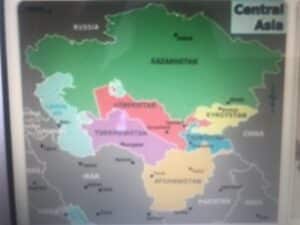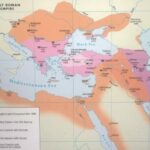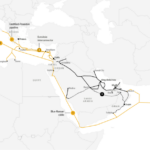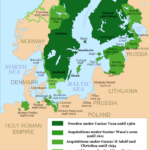Walking through the streets of Xian you walk in true historical context, as we European immagine about China. Enormous walls surrounding the big squared city, large like modern highways, very Chinese traditional urban structure, similar by the way to old Roman one, impressive stone doors with monster guardians, in a region of majestic king tombs, buried with their soldiers statues. In the heavy warming of a Chinese summer all the people were trying to sleep outside on the roof and balconies of the houses, unforgettable experience. In this imperial city the “STANS”, the countries of Central Asia, for the first time without the mother Russia, took a meeting with Chinese government officially about railways infrastructure in their territories, but historical probable first step of a new wave of globalisation Chinese driven. Central Asia is a fascinating and geopolitically key region of the world, comprised of five countries that are collectively referred to as the “STANS”. These countries – Kazakhstan, Kyrgyzstan, Tajikistan, Turkmenistan and Uzbekistan – have historically played an important role in geopolitics due to their strategic location at the crossroad of several major civilisations. They are a bridge between Europe, Asia and the Middle East, with all the major commercial routes passing through their mountains and deserts. Afghanistan is also a key component, but now abandoned to chaos after ashamed USA escaping.
Kazakhstan, large like Europe, is the wealthier and major player in the region, producer of oil, gas and minerals and partner with Russia, China and EU. That gives a significant role as crossroad between Europe and Asia. Enormous investments on infrastructure has been already done, creating a southern railway alternative to Russian Trans-Siberian route. Kyrgyzstan main geopolitical role lies in location as a gateway between China and Central Asia, along the ancient Silk Road, and a key to Chinese new silk road project. It is partner of Russia, China and having a military basis of USA. Tajikistan is a gate between Central Asia and South Asia, very rich of natural resources, mainly water with enormous hydroelectric production and export. Some relationship problems with Uzbekistan due to territorial and water disputes. Turkmenistan is one of the major gas supplier and its location control access of China to Caspian oil region, because all transporting pipelines cross the country. Uzbekistan is the most populated country with 39 million people, involved in Afghanistan USA war against Russia. It’s the major producer of cotton in the world, with serious consequences on water and land of this intensive culture. After a period of USA strictly cooperation against taliban, it improved its relationships with neighbours and China.
The total GDP’s is about 250 billion $, and populations about 70 million, but the weight of these countries is growing because of their own initiatives to modernisation after the fall of Soviet Union, fundamental turning point in infrastructures and health system functioning, and due to the new geopolitical focusing of conflicts between USA and China. Their nomad and tribes culture make them flexible to any type of relationships with big powers. USA trying to develop coloured revolutions to chaos, China trying to affirm its leadership traditionally aimed for centuries to control these so commercially important areas. Russia tried in the past through ISC and Apec to keep some control in these ex SSSR regions, but its influence is clearly reducing also for the recent Ukrainian war. So a brilliant geopolitical future is easily forecasted to return in Central Asia, confirming its Mackinder’s “heartland” definition. And we must not forget Afghanistan.




